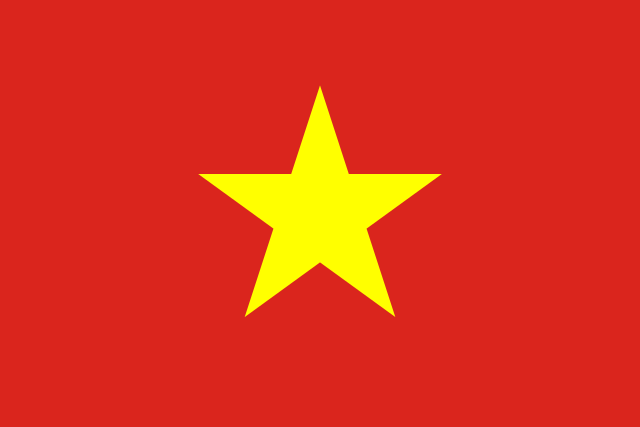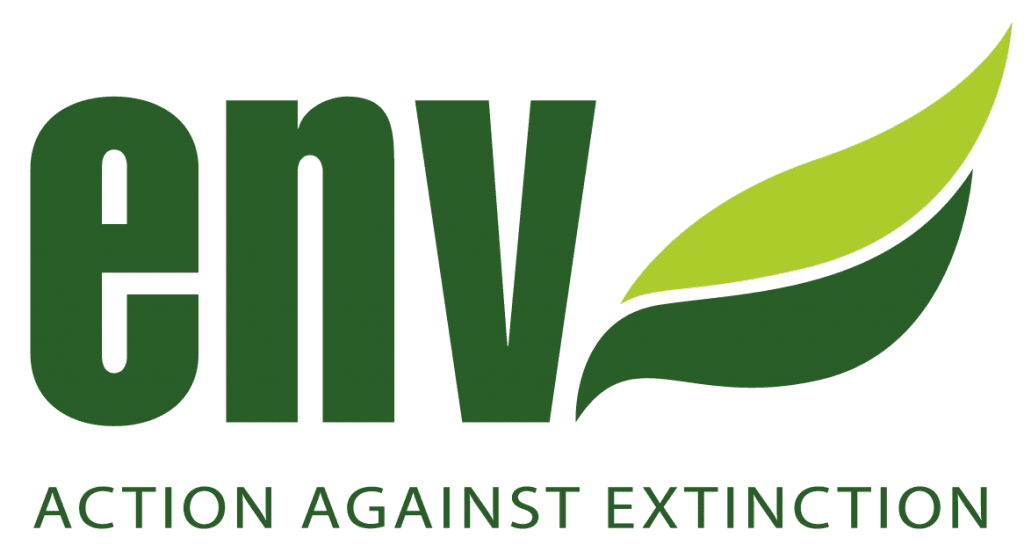Earlier this month, authorities in Khanh Hoa Province returned a 400 kilogram leatherback turtle to the sea after a man allegedly flipped it onto its back. Yet before being helped back into the ocean, the critically endangered reptile deposited a nest of approximately 100 eggs on the beach.

Photo of a little leatherback turtle: Houston Zoo
ENV has joined forces with the Asian Turtle Program and the International Union for Conservation of Nature (IUCN) to advise on the best solution for the eggs’ survival.
It is crucial that the eggs are not disturbed. When a turtle lays an egg, the embryo settles and development begins. Many tiny blood vessels reach out from the embryo to the outer walls of the egg, helping the embryo exchange gases. If the eggs are turned or moved at certain stages of development, the vessels could break and the eggs may die.
Our conservation partners are currently monitoring the nest, and we will keep you updated on these efforts to ensure these precious eggs have a future!
Named for its unique flexible shell that is covered in a thin layer of leathery skin, the leatherback (Dermochelys coriacea) is the world’s largest turtle (the biggest leatherback in recorded history weighed 916 kilograms!). Thanks to their special blood supply systems and ability to maintain an elevated body temperature, leatherbacks can travel to cold waters and dive to depths of more than 1,000 meters to search for prey. They face severe threats from climate change and other human-induced factors, including accidental capture in fisheries, habitat loss and ingestion of plastic.
Hope to see some baby leatherback turtle like this soon!

